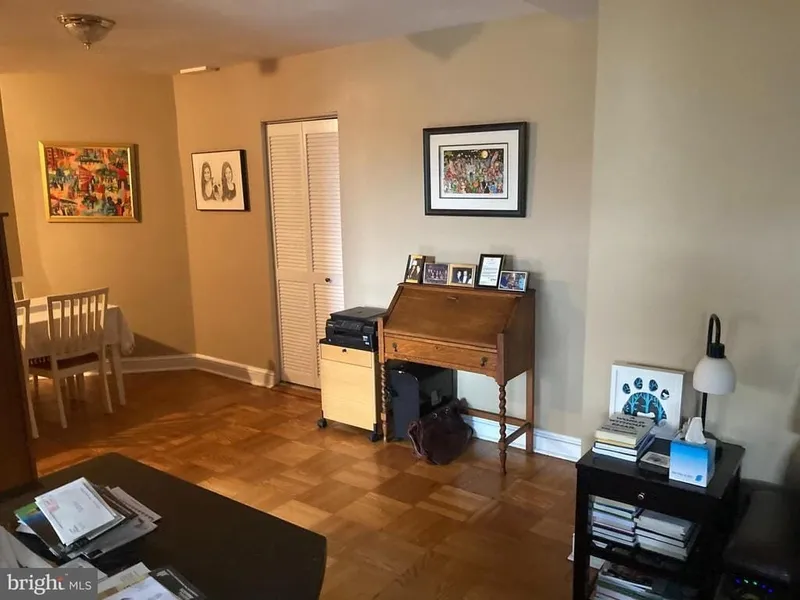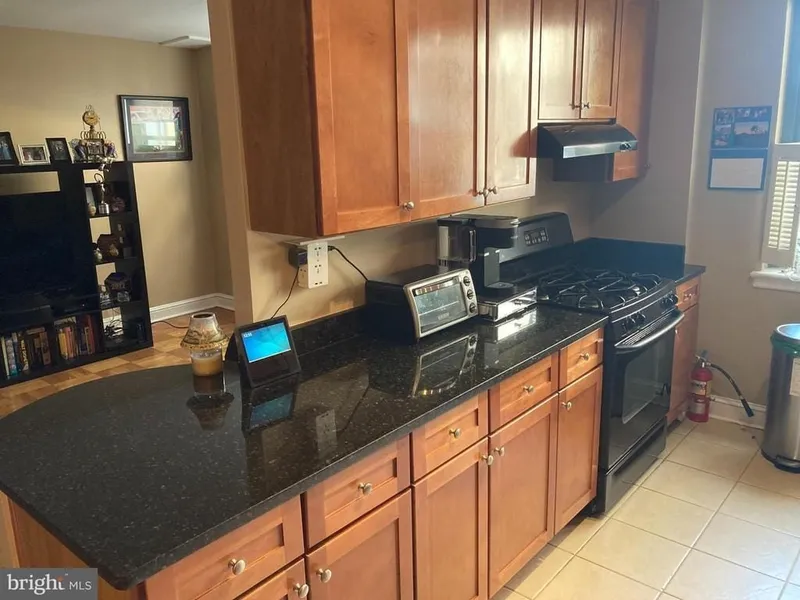The White House and Its History: 2601 Pennsylvania Ave 2 Bedroom

The White House, located at 1600 Pennsylvania Avenue NW in Washington, D.C., is the official residence and workplace of the President of the United States. It has served as the symbol of American power and leadership for over two centuries, witnessing countless historical events and shaping the course of American history.
Architectural Design and Evolution
The White House was designed by Irish-born architect James Hoban, who won a competition held by President George Washington in 1792. The original design was inspired by Leinster House in Dublin, Ireland, and featured a simple rectangular structure with a central portico and two wings. The White House was built using Aquia Creek sandstone and was completed in 1800.
The White House has undergone numerous renovations and expansions throughout its history, reflecting changing architectural styles and the needs of its occupants. The most significant renovation occurred after the building was burned by British troops during the War of 1812. Architect Benjamin Henry Latrobe supervised the reconstruction, which included the addition of a dome and the use of a more durable marble for the exterior.
During the mid-19th century, President Andrew Jackson commissioned a major expansion, which included the addition of two new wings, known as the East and West Wings, as well as a new south portico. These additions significantly increased the size of the White House and provided more space for the growing needs of the presidential family and staff.
Notable Events and Historical Figures
The White House has been the setting for countless historical events, from presidential inaugurations and state dinners to wartime decisions and the signing of landmark legislation. The White House has also been the home to many of America’s most influential leaders, each of whom has left their mark on the nation’s history.
- President Abraham Lincoln, who led the nation through the Civil War, issued the Emancipation Proclamation from the White House in 1863.
- President Franklin Delano Roosevelt, who guided the country through the Great Depression and World War II, delivered his famous “Fireside Chats” from the White House, using radio to connect with the American people.
- President John F. Kennedy, who inspired a generation with his vision for a more just and equitable society, delivered his iconic “Ich bin ein Berliner” speech from the Berlin Wall in 1963, reaffirming America’s commitment to freedom and democracy.
- President Ronald Reagan, who led the nation through a period of economic recovery and Cold War détente, delivered a powerful speech from the Berlin Wall in 1987, calling for the dismantling of the wall and the reunification of Germany.
Exploring the Interior

Stepping inside the White House is like stepping into a living history book. The building’s interior is a tapestry of architectural styles, historical artifacts, and artistic expressions, each telling a story of the nation’s past and present. Every room, from the grand State Dining Room to the intimate Lincoln Bedroom, holds a unique story and offers a glimpse into the lives of the presidents and their families who have called it home.
Rooms and Spaces
The White House is a complex structure with numerous rooms and spaces, each designed for a specific purpose. The layout and design of these spaces have evolved over time, reflecting the changing needs and tastes of the presidents and their families.
- The Oval Office: Located on the second floor of the White House, the Oval Office is the president’s private workspace. It is arguably the most famous room in the White House, a symbol of presidential power and authority. Its distinctive oval shape was designed by architect McKim, Mead & White during the 1909 renovations, replacing the original rectangular shape. The Oval Office is a space where presidents meet with advisors, make critical decisions, and conduct official business. Its interior is often customized by each president, with personal touches reflecting their individual styles and priorities. For example, President Kennedy had the Oval Office decorated in a more modern style, while President Nixon preferred a more traditional look. The room features a large Resolute Desk, a gift from Queen Victoria, and a fireplace that has been a focal point of the room for over a century.
- The Treaty Room: Located on the second floor, the Treaty Room is where the president receives foreign dignitaries and conducts official business. The Treaty Room, originally known as the President’s Room, has hosted countless historical events, including the signing of important treaties and agreements. The room has been the setting for many significant moments in American history, including the signing of the Treaty of Ghent, which ended the War of 1812.
- The State Dining Room: Located on the ground floor, the State Dining Room is the largest room in the White House. It is used for formal dinners and state functions, serving as a grand stage for entertaining foreign dignitaries and hosting important events. The room features a magnificent chandelier, intricate moldings, and a stunning view of the South Lawn.
Historical Significance and Unique Features
Beyond their functional purposes, many rooms within the White House hold historical significance and unique features that make them stand out.
- The Rose Garden: The Rose Garden, located just outside the Oval Office, is a serene space that has been used for both private and public events. The garden has served as a setting for presidential speeches, press conferences, and ceremonies. The Rose Garden was originally planted in 1913, and it has been a popular spot for presidents and their families to relax and enjoy the outdoors. The garden has also been the site of numerous significant events, including the signing of the Civil Rights Act of 1964.
- The Green Room: Located on the second floor, the Green Room is a smaller, more intimate space that is often used for receptions and private gatherings. The room’s name comes from the green damask wallpaper that adorns its walls. The Green Room has been used by presidents for a variety of purposes, including hosting small dinners, meeting with foreign dignitaries, and conducting private business.
- The Lincoln Bedroom: Located on the second floor, the Lincoln Bedroom is one of the most iconic rooms in the White House. It is said to have been used by President Lincoln during his time in office. The room has been used by presidents and their families for over a century, and it is often used to host visiting dignitaries. The room is decorated with a collection of Lincoln memorabilia, including a portrait of the president and a replica of his famous Gettysburg Address.
Life Inside the White House

The White House, beyond its iconic facade, is a living and working space for the President of the United States and their family. While it stands as a symbol of national power and history, it also serves as a home, filled with the daily routines, activities, and personal touches that shape the lives of its occupants.
The President’s Daily Life, 2601 pennsylvania ave 2 bedroom
The President’s daily life is a carefully choreographed balance of official duties and personal time. While the schedule varies depending on the day and the President’s priorities, certain aspects remain consistent. The President typically starts their day with a briefing from their staff on current events and upcoming meetings. They then attend to a variety of official duties, including meetings with foreign leaders, signing legislation, and delivering speeches.
- Morning Routine: The President’s day often begins with a physical fitness routine, followed by breakfast with their family or a private meeting with their staff.
- Official Duties: The President’s day is dominated by official duties, including meetings with advisors, foreign dignitaries, and congressional leaders. They also spend time signing legislation, issuing executive orders, and delivering speeches.
- Family Time: Despite the demands of the Presidency, the President tries to carve out time for their family, whether it’s a meal together, a movie night, or a walk in the White House gardens.
- Personal Time: The President also needs time for personal relaxation and reflection, which might involve reading, watching television, or simply enjoying the quiet of their private quarters.
The White House Staff
The President and their family are supported by a large and dedicated staff, each with specialized roles. This team ensures the smooth functioning of the White House, from daily operations to security and diplomatic protocols.
- The Chief of Staff: The Chief of Staff is the President’s closest advisor and oversees the White House staff, managing the flow of information and coordinating the President’s schedule.
- The Press Secretary: The Press Secretary is responsible for communicating with the media and handling press conferences.
- The White House Counsel: The White House Counsel provides legal advice to the President and the White House staff.
- The Social Secretary: The Social Secretary manages all social events at the White House, including state dinners, receptions, and other official gatherings.
- The Residential Staff: The Residential Staff provides services to the President and their family, including housekeeping, maintenance, and catering.
Security Measures
The White House is one of the most heavily guarded buildings in the world, with multiple layers of security measures in place to protect the President and their family.
- The Secret Service: The United States Secret Service is responsible for the President’s personal protection, both on and off the White House grounds.
- Perimeter Security: The White House is surrounded by a series of fences, gates, and security checkpoints, with constant surveillance by cameras and security personnel.
- Interior Security: The interior of the White House is also heavily secured, with metal detectors, security cameras, and a network of alarms.
- Protocol and Procedures: Strict protocols and procedures are in place for visitors and staff, including background checks, screening, and identification requirements.
2601 pennsylvania ave 2 bedroom – While a two-bedroom residence at 2601 Pennsylvania Ave might be a dream for many, it’s important to remember the practicalities of designing a space for young children. A 2 year old boys bedroom requires careful consideration of safety and fun, especially when compared to the more formal needs of a presidential residence.
After all, a well-designed room at 2601 Pennsylvania Ave can be a haven for both play and relaxation, regardless of age.
While 2601 Pennsylvania Ave might conjure images of a grand residence, the search for a two-bedroom apartment in that location may yield different results. For those seeking a coastal escape, exploring the options for 2 bedroom apartments Lynn MA could be a more suitable alternative.
Lynn, MA, offers a vibrant waterfront lifestyle and a range of apartment options, making it a compelling choice for those seeking a two-bedroom home outside of the bustling city center. Whether you’re drawn to the charm of a historic district or the convenience of a modern complex, Lynn offers a variety of two-bedroom apartments that cater to different needs and preferences.
